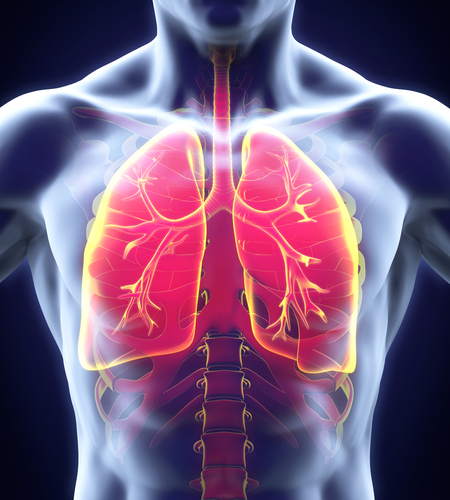 Novartis submitted two New Drug Applications (NDAs) for QVA149 and NVA237 for the long-term maintenance treatment of chronic obstructive pulmonary disease (COPD) to the U.S. Food and Drug Administration (FDA). This will enable the Sosei Group Corporation (“Sosei”), an international biopharmaceutical company that commercialized compounds in and out of Japan, to receive milestone payments after the approval of the applications by FDA.
Novartis submitted two New Drug Applications (NDAs) for QVA149 and NVA237 for the long-term maintenance treatment of chronic obstructive pulmonary disease (COPD) to the U.S. Food and Drug Administration (FDA). This will enable the Sosei Group Corporation (“Sosei”), an international biopharmaceutical company that commercialized compounds in and out of Japan, to receive milestone payments after the approval of the applications by FDA.
Chronic obstructive pulmonary disease (COPD) represents a group of lung diseases like chronic bronchitis, emphysema and chronic obstructive airways disease. COPD is a common preventable and treatable respiratory condition but is the third major cause of morbidity and mortality in the world. The World Health Organization (WHO) estimates that 210 million people worldwide have COPD. In the US, COPD is also the third main cause of death, with 134,676 deaths in 2010. The first-line treatment of symptoms and airflow obstruction during the exacerbation period are short-acting inhaled β2 agonists (SABAs) and anticholinergic agents (short-acting muscarinic antagonists, SAMAs). Both types of drugs are bronchodilators, but the former acts on the beta2-adrenergic receptor, resulting in dilatation of bronchial passages while the latter acts by blocking the interaction of neurotransmitter acetylcholine with its receptor, therefore inhibiting the parasympathetic nerve impulses.
These two New Drug Applications were based on positive top-line data obtained from the pivotal Phase III clinical trial programs for QVA149 (indacaterol/glycopyrronium bromide), the EXPEDITION Program, and NVA237 (glycopyrronium bromide), the GEM program.
[adrotate group=”3″]
The EXPEDITION Program, consisting of FLIGHT 1 and FLIGHT 2 studies, was a 12-week, multi-center, randomized, double blind, parallel-group, placebo and active controlled studies to assess the efficacy, safety, and tolerability of QVA149 (indacaterol/glycopyrronium bromide) in a group of patients with moderate-to-severe COPD. The primary endpoint was to compare the QVA149 27.5/12.5 mcg dose given two times per day to its individual components, indacaterol and glycopyrronium, by assessing the lung function (FEV1 AUC0-12h) 12 weeks after treatment. The FLIGHT 3 study was a 52-week randomized, double blind, parallel-group study to assess the safety and tolerability of twice-daily QVA149 27.5/12.5 mcg compared to once-daily indacaterol 75 mcg in a group of patients with moderate-to-severe COPD. The primary endpoint was the overall rate of side effects observed during the study.
During the FLIGHT 1 and 2 studies, their primary endpoints with twice-daily QVA149 were achieved by showing significant improvements in lung function (FEV1 AUC0-12) when compared to indacaterol and glycopyrronium bromide used separately in moderate-to-severe COPD patients 12 weeks after treatment. The secondary endpoint based on the St George’s Respiratory Questionnaire (SGRQ) total score was also achieved by improvements in general health status and in the use of rescue medication usage when using QVA149 compared to placebo. The usual side effects observed for QVA149 were similar to the ones observed for the individual components and placebo.
In the GEM 1 and GEM 2 studies, the use of NVA237 twice a day the results were similar to the ones obtain for the EXPEDITION Program.
Outside of the US, QVA149 and NVA237 have been developed/commercialized, respectively, as Ultibro® Breezhaler® 110/50 mcg and as Seebri® Breezhaler® 50 mcg, both registered trademarks of Novartis AG and used as a once a day medication for the treatment of bronchodilator maintenance to alleviate symptoms in adult patients with COPD.
The results from the EXPEDITION and GEM programs will be presented at major medical congresses at the end of this year.

